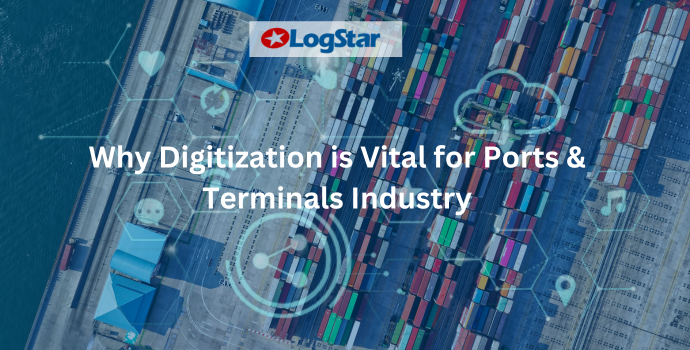
In recent years, the digitization of port and terminal operations has become increasingly important for the shipping industry. As the world becomes more connected, the need for faster and more efficient shipping methods increases. Digitization can help ports and terminals meet these demands by streamlining processes, improving communication, and increasing transparency.
One of the major benefits of digitization is increased efficiency. Using digital technology, ports and terminals can automate most of the process, reducing the need for manual work and minimizing the chances of error. This results in faster turnaround times and more efficient use of resources, ultimately saving time and money for both the port and its customers.
Another benefit of digitizing port and terminals is increased accuracy and transparency. Many ports and terminals still rely on manual processes, which are prone to errors and can lead to delays and inaccurate information passed down the supply chain. By digitizing processes, data can be captured automatically, reducing the risk of errors, and providing real-time visibility into the status of cargo. This improves communication and collaboration between the various parties involved in the supply chain, such as shippers, carriers, and customs officials.
Digitization also improves the transparency of port operations. By using automated systems for shipment tracking, inventory monitoring and logistics management, ports and terminals can keep customers informed of cargo status in real time. This builds confidence in port operations and increases customer satisfaction.
In addition to these benefits, digitization can also help reduce costs in the port and terminal industry. By automating processes, reducing wait time, and improving accuracy, ports and terminals can reduce operating costs and improve profitability.
Overall, the digitization of port and terminal operations is becoming more and more necessary for the shipping industry. Ports and terminals that have not embraced digital technology could fall behind their competitors as the demand for faster and more efficient shipping practices continues to grow. Digitization enables ports and terminals to improve efficiency, communication, transparency, and sustainability, enabling long-term success in a rapidly evolving industry.
LogStar is changing the way multipurpose ports, terminals and multimodal depots optimize operational freight flows, eliminate inefficient processes, and improve performance for all stakeholders.
